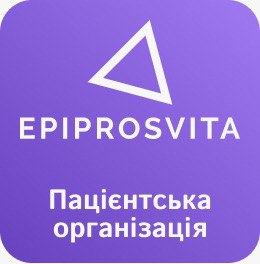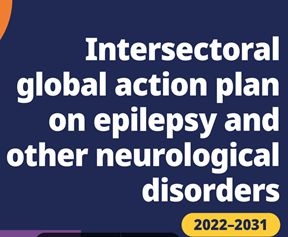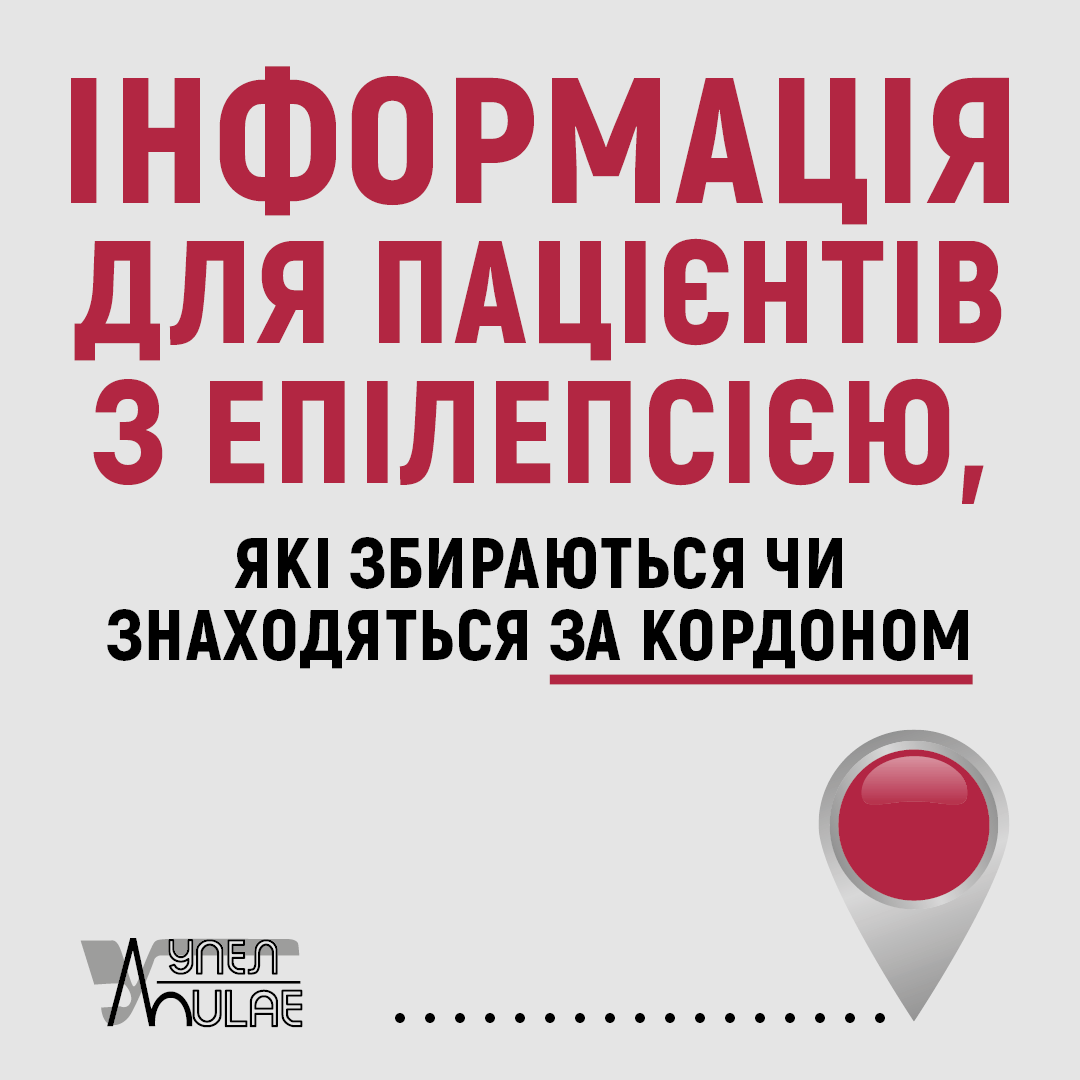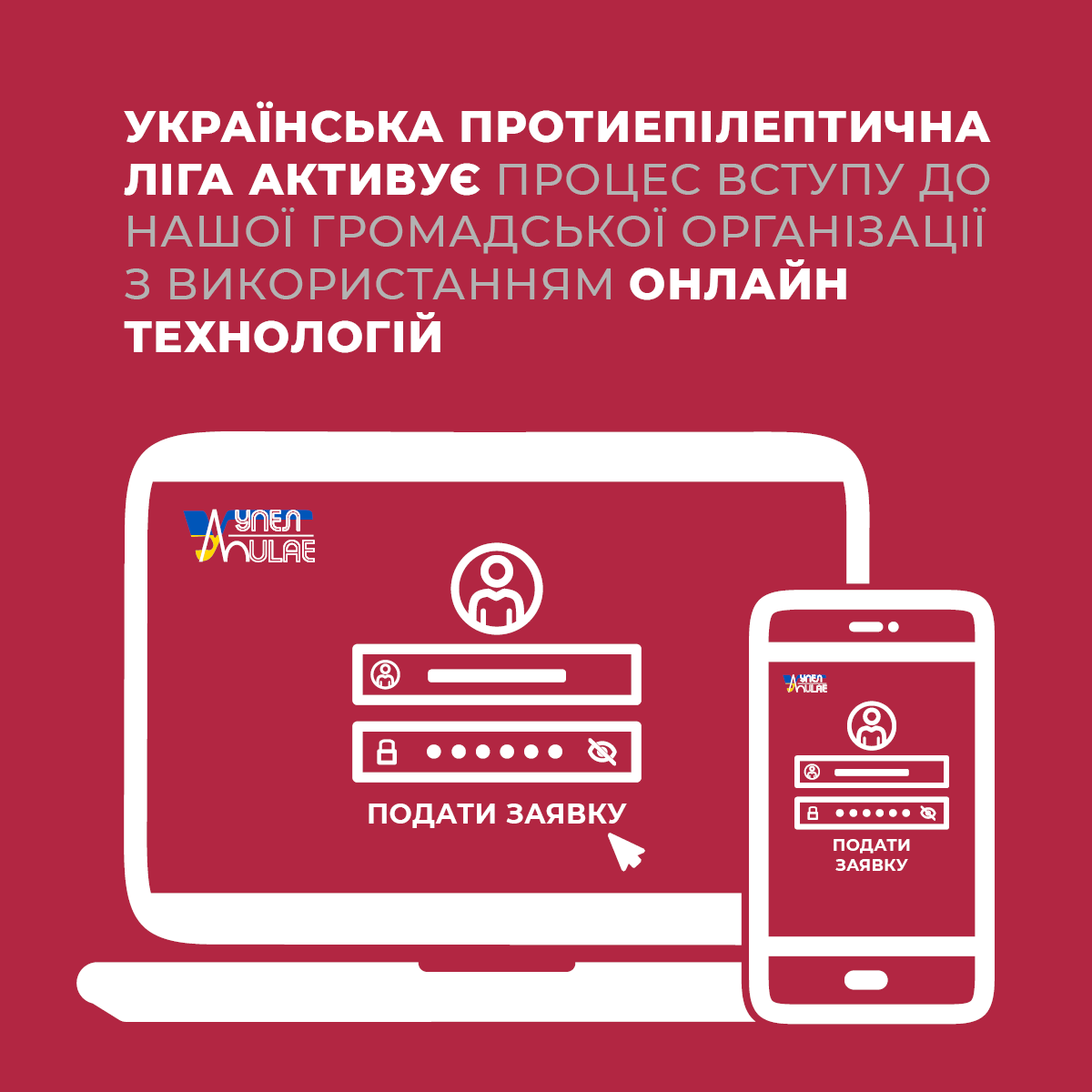Seizure 2020, Vol 78, Editor’s Choice: ”Keep Safe: The when, why and how of epilepsy risk communication”
Given that the current issue of Seizure includes two review articles and one editorial commentary on the discussion of risk in clinical encounters between clinicians and patients with epilepsy (1-3), I felt obliged to make one of these contributions my Editor’s Choice. The fact that scientific papers focusing on the communication of risks should be submitted to a journal about seizures is no surprise. I am not sure that I can recall a single consultation in which risks were not considered - and not many in which risks were not explicitly discussed. When a seizure disorder is first diagnosed, patients and clinicians need to think about risks related to activities such as cooking, bathing, childcare, work, recreation and driving. As the focus moves to treatment, they will consider the risk of further seizures versus those of idiosyncratic or dose-related adverse effects, teratogenicity and interactions with other medications or medical conditions. Risks become a particularly prominent concern when patients are planning pregnancy, pregnant or considering surgical procedures for epilepsy.
In view of the prominent role more or less formal risk assessments play in routine epileptological practice, the first finding of the systematic review by Cordet Anne Smart et al. (1), my Editor’s Choice from this issue, is rather surprising: notwithstanding the fact that the present issue of Seizure contains several contributions about the topic the literature about risk discussions is actually very limited. Although quantitative and qualitative studies were within the scope of this review, the authors were only able to identify 17 relevant studies – largely limited to the discussion of Sudden Unexpected Death in Epilepsy (SUDEP). What we learn from these studies is that patients would like an early discussion of SUDEP (although the timing should be individually adjusted), and that clinicians may be more anxious of discussing this subject than patients. Patients want the SUDEP risk to be explained to them face-to-face (perhaps with additional written material to back up the discussion), and may benefit from an explanation provided by a more senior and experienced clinician. Checklists to guide the conversation exist but the effects of their use have not been well studied.
Unfortunately, we need to know much more about this topic. As pointed out by Roy Beran in his editorial comment (3), it makes a lot of sense to discuss the risk of SUDEP in the context of the many other risks, which patients need to consider as they learn to live with a seizure disorder. In view of the great heterogeneity of epileptic seizure disorders and the individuals who experience them, much more work will be needed before truly “evidence-based” practice recommendation can be made for different communication scenarios – although it is clear that the discussion of risks has to be individualized if it is going to be meaningful for specific patients. It would also be important to extend the range of methodologies that are brought to bear to improve communication about risks in the context of seizure disorders. Questionnaires and surveys cannot tell us much about what exactly clinicians say, and how patients and accompanying individuals make sense of this, during clinical encounters. Previous studies have used Conversation Analysis in epileptological settings. The discussion of risk would be an ideal focus for future studies using this or similar methodologies.
While the review by Smart et al. provides a very helpful summary of the literature to date it is therefore more than anything a call for clinicians to reflect on a key area of their daily practice and for researchers to study this field more deeply.
References:
1) Smart CA, Page G, Shankar R and Newman C. Keep Safe: The when, why and how of epilepsy risk communication. Seizure 2020, please add bibliographic details. Seizure 2020; 78, 136-149
2) Cooper K, Kirkpatrick P, Brand C, Rolfe A, Florida-James S. Discussing sudden unexpected death in epilepsy with children and young people with epilepsy and their parents/carers: a mixed methods systematic review. Seizure 2020, please add bibliographic details.
3) Beran R. Discussing the risks related to epilepsy – an holistic approach. Seizure 2020, please add bibliographic details.
4) Toerien M, Shaw R, Duncan R, Reuber M. Offering patients choices: a pilot study of interactions in the seizure clinic. Epilepsy Behav. 2011;20(2),312-20.
Seizure 2020, Том 78, Вибір редактора: «Зберігайте безпеку: коли, чому і як відбувається зв'язок з ризиком розвитку епілепсії»
Враховуючи, що поточний номер журналу «Seizure» включає в себе дві оглядові статті та один редакційний коментар щодо обговорення ризику під час клінічних консультацій між лікарями та пацієнтами з епілепсією (1-3), я вважаю за необхідне зробити один з цих матеріалів моїм вибором як редактора. Той факт, що наукові статті, присвячені поширенню інформації про ризики, необхідно представити в журналі «Seizure», не викликає здивування. Я не впевнений, що можу пригадати хоча б одну консультацію, на якій не розглядалися б ризики, і не так вже й багато таких консультацій, на яких не обговорювалися б ці ризики в явному вигляді. Коли вперше діагностують епілепсію, пацієнтам та клініцистам необхідно задуматися про ризики, пов’язані з такими видами діяльності як приготування їжі, купання, догляд за дітьми, робота, відпочинок та керування автомобілем. Оскільки основна мета – це лікування, вони розглядають ризик подальших нападів у порівнянні з тими, що пов'язані з ідіосинкратичними або дозозалежними побічними ефектами, тератогенністю та взаємодією з іншими лікарськими засобами або медичними станами. Ризики стають особливо помітною проблемою, коли пацієнти планують стати батьками, вагітніють або розглядають хірургічні процедури з приводу лікування епілепсії.
Незважаючи на помітну роль, яку відіграють більш-менш формальні оцінки ризику в рутинній епілептичній практиці, перший висновок систематичного огляду Cordet Anne Smart et al. (1), Мій Вибір як Редактора з цього питання досить незвичайний: незважаючи на те, що поточний номер «Seizure» містить кілька матеріалів по темі, даних про обговорення ризиків насправді недостатньо. Незважаючи на те, що в сфері даного огляду було розглянуто кількісні та якісні дослідження, автори виділили лише 17 відповідних досліджень – в основному вони були обмежені обговоренням синдрому раптової несподіваної смерті при епілепсії (SUDEP). Завдяки цим дослідженням ми дізналися, що пацієнти бажали отримувати своєчасне обговорення про (терміни потрібно індивідуально скоригувати), проте клініцисти можуть бути більш стурбовані обговоренням цього питання, ніж хворі. Пацієнти хочуть, щоб ризик SUDEP був пояснений їм віч-на-віч (можливо, з додатковими письмовими матеріалами для обговорення), і вони можуть скористатися поясненнями, які надає більш досвідчений лікар. Існують чеклисти з інструкціями, як проводити ці консультації, але дані їх використання мало вивчені.
На жаль, ця тема недостатньо вивчена. Як зазначив Roy Beran у своєму редакційному коментарі (3), має сенс обговорювати ризик SUDEP серед багатьох інших ризиків, які пацієнти повинні враховувати, коли вони навчаються жити з епілептичним розладом. Через велику неоднорідність епілептичних нападів та людей, які страждають на ці напади, знадобиться більше знань, перш ніж по-справжньому «засновані на доказах» практичні рекомендації для різних сценаріїв спілкування - хоча очевидно, що до обговорення ризиків слід підходити індивідуально до кожного пацієнта. Крім того, було б важливо розширити діапазон використаних методологій для поліпшення спілкування про ризики в контексті епілептичних розладів. Анкети та опитувальники не можуть дати нам достатньої інформації про те, що саме говорять клініцисти, і як пацієнти та супроводжуючі їх особи розуміють це під час консультацій. Попередні дослідження використовували аналіз спілкування на цю тему в епілептологічних центрах. Обговорення питання про ризик було б ідеальним напрямком для майбутніх досліджень з використанням цієї або аналогічних методів.
У той час як огляд Smart et al. містить корисний огляд літератури, на сьогоднішній день це більше, ніж заклик до клініцистів про міркування цього напрямку, як ключового в їх повсякденній практиці і для дослідників, щоб вивчити цю сферу більш детально.
References:
1) Smart CA, Page G, Shankar R and Newman C. Keep Safe: The when, why and how of epilepsy risk communication. Seizure 2020, please add bibliographic details. Seizure 2020; 78, 136-149
2) Cooper K, Kirkpatrick P, Brand C, Rolfe A, Florida-James S. Discussing sudden unexpected death in epilepsy with children and young people with epilepsy and their parents/carers: a mixed methods systematic review. Seizure 2020, please add bibliographic details.
3) Beran R. Discussing the risks related to epilepsy – an holistic approach. Seizure 2020, please add bibliographic details.
4) Toerien M, Shaw R, Duncan R, Reuber M. Offering patients choices: a pilot study of interactions in the seizure clinic. Epilepsy Behav. 2011;20(2),312-20.





